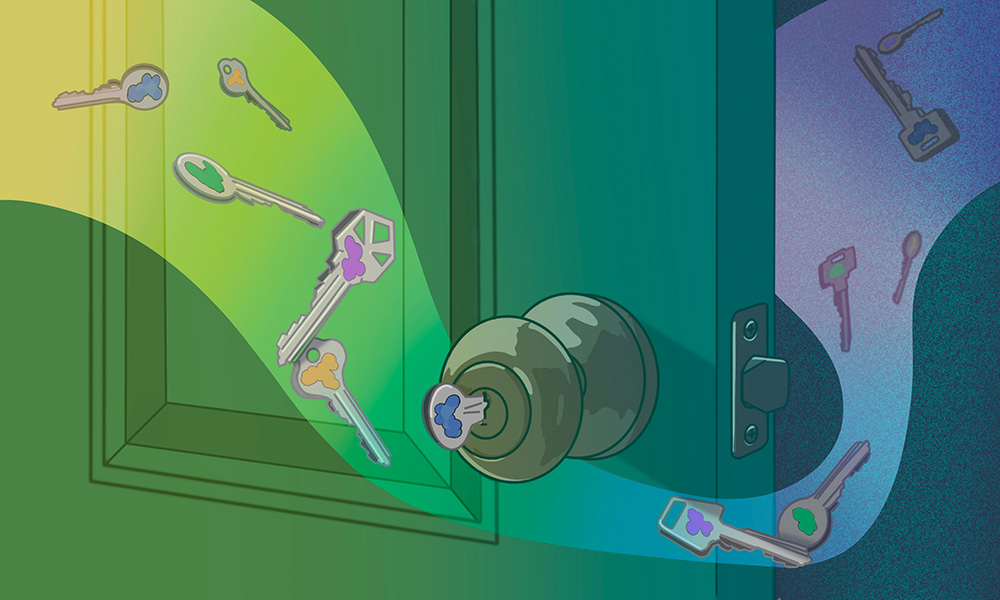27 March 2024
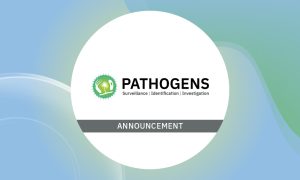
The SARS-CoV-2 Data Hubs are a set of tools coupled with infrastructure that support four components: the submission, analysis, presentation and visualisation of SARS-CoV-2 raw read data, and its resulting analyses. What makes Data Hubs attractive is a unique set of features: A new publication in…
2024
updates-from-data-resources
19 December 2023
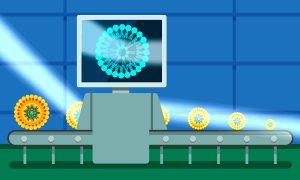
Science & Technology
EMBL Hamburg, Johannes Gutenberg University Mainz, Postnova Analytics GmbH, and BioNTech SE have developed a new method to quantitatively investigate sizes of nanoparticles containing mRNA. It may become an important part of regular characterisation of mRNA nanomedicines in the future.
2023
sciencescience-technology
23 November 2023

Two new data portals are set to support infectious disease monitoring and research across Europe; the Swedish Pathogens Data Portal and the Netherlands COVID-19 Data Portal.
2023
updates-from-data-resources
2 October 2023

Science & Technology
Pioneers of the mRNA nanomedicines technology receive 2023 Nobel Prize in Physiology or medicine. EMBL is pleased to have supported the development of the application of the mRNA nanomedicine technology through our long-standing collaboration with BioNTech, Johannes Gutenberg University Mainz and…
2023
sciencescience-technology
7 July 2023
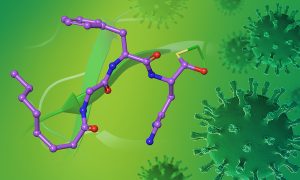
Science & Technology
A collaboration between EMBL Grenoble and EBRIS scientists led to the characterisation of a new compound with promising activity against SARS-CoV-2 variants.
2023
sciencescience-technology
5 July 2023

Science & Technology
Enabling researchers worldwide to share and analyse pathogen data generated across the world
2023
sciencescience-technologytechnology-and-innovation
11 April 2023
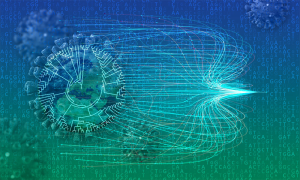
Science & Technology
EMBL-EBI researchers have developed a new tool capable of performing state-of-the-art phylogenetic inference on larger datasets than previously thought possible.
2023
research-highlightssciencescience-technology
20 December 2022

The first cohort study linking data across categories was recently added on the Pathogens Portal Cohort Browser and is also accessible from the BioSamples browser. This pilot study comes from Erasmus Medical Centre through the ReCoDID project, one of the COVID-19 Data Platform supporting…
2022
updates-from-data-resources
1 June 2022

Connections
The GSK Vaccines site in Siena hosted the annual EMBL in Italy event. The hybrid meeting brought together industry leaders, representatives from biotech start-ups, data scientists, and researchers from academia.
7 December 2021

Science & Technology
RNA vaccines, such as the ones for COVID-19, represent a new approach in vaccine technology. Cy Jeffries, faculty staff scientist at EMBL Hamburg, explains the clever technology behind RNA vaccines, and how structural biology contributes to its development. EMBL Hamburg collaborated on several…
2021
sciencescience-technology
21 October 2021

Science & Technology
The BY-COVID project aims to make infectious disease data, including COVID-19, openly available to everyone.
2021
sciencescience-technology
14 October 2021

Science & Technology
Largest in-depth analysis of genomic data tracks the spread of SARS-CoV-2 lineages in England.
2021
sciencescience-technology
7 October 2021

Science & Technology
EMBL will host a conference to look at the state of the pandemic, lessons learned, and ways to improve pandemic preparedness. Here’s a sneak peek into what promises to be another interesting and informative EMBL conference.
2021
eventsscience-technology
10 August 2021
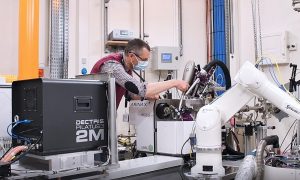
Lab MattersScience & Technology
MASSIF-1, run jointly by EMBL Grenoble and the ESRF, is a beamline for macromolecular crystallography. It is used by the research community to study the 3D structure of proteins, which is important for drug development.
2021
lab-mattersscience-technology
21 June 2021

People & Perspectives
At an EMBL Science & Society lecture, science journalist Kai Kupferschmidt advocated for accurate, clear and contextual science communication.
2021
eventspeople-perspectives
31 May 2021

Science & Technology
The largest in-depth analysis of genomic surveillance data mapping out the dynamics of 62 lineages of the SARS-CoV-2 virus.
2021
sciencescience-technology
20 May 2021

Connections
EMBL’s most recent Science and Society seminar explored how best to harness big data to address multi-faceted issues of a pandemic.
17 May 2021

Connections
Leading international experts gathered to showcase progress in the fight against COVID-19 and share lessons for the future.
29 April 2021
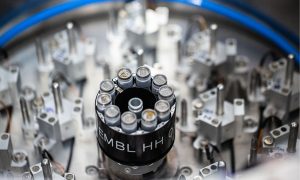
Science & Technology
EMBL Hamburg’s integrated structural biology facility has contributed to the success of a large-scale SARS-CoV-2 study
2021
sciencescience-technology
27 April 2021
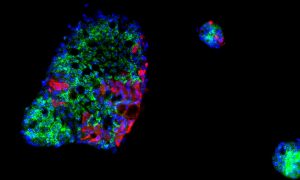
Science & Technology
EMBL scientists, together with collaborators from Heidelberg University, have provided further evidence of the gut’s role in COVID-19.
2021
sciencescience-technology
22 April 2021
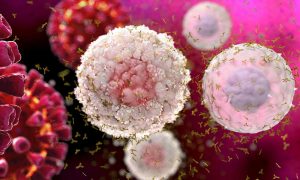
Science & Technology
Researchers identify differences in immune response in asymptomatic COVID-19 cases compared to those with severe symptoms
2021
sciencescience-technology
20 April 2021

Connections
EMBL and Portugal are bringing together leading scientists to highlight the role of fundamental research in tackling infectious diseases.
20 April 2021
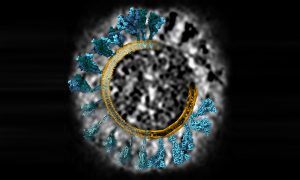
Science & Technology
What does coronavirus’s spike protein look like in 3D? EMBL scientists and colleagues used cryo-electron tomography and molecular dynamics simulations to find out.
2021
picture-of-the-weekscience-technology
15 April 2021

Connections
Scientists from the CABANA project explore how open data is benefiting global research efforts.
9 April 2021

Science & Technology
Researchers use large-scale human genetic studies to identify drug targets important for managing COVID-19 in its early stages
2021
sciencescience-technology
22 March 2021

Science & Technology
EMBL alumnus Kai Simons did early work with Semliki Forest virus membranes, which is now central to a COVID-19 vaccine.
2021
alumniscience-technology
11 March 2021

People & Perspectives
EMBL alumnus Pawel Masiewicz has transferred skills and experience gained at EMBL to oversee starting materials for mRNA vaccine development.
2021
alumnipeople-perspectives
8 March 2021

Lab Matters
Tracey Brown from Sense about Science shares her thoughts on the need to empower women to share and access scientific information.
16 February 2021
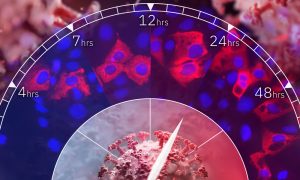
Science & Technology
A team of EMBL scientists and colleagues have analysed how the novel coronavirus affects proteins in human cells. They identified several human proteins as potential drug targets to prevent viral replication.
2021
sciencescience-technology
4 February 2021

EMBL AnnouncementsLab Matters
Open letter galvanises life science community in support of open COVID-19 data
2021
embl-announcementslab-matters
3 February 2021
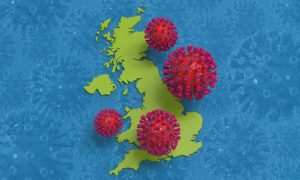
Science & Technology
A new lineage of coronavirus was first identified in the UK, but why is it spreading much more rapidly within the population?
2021
sciencescience-technology
20 January 2021

Science & Technology
A note on the coronavirus variant B.1.1.7, which has first been described in the U.K. and has spread to 57 countries. The note summarises epidemiological information about the spread of B.1.1.7 in the U.K. collated and in part conducted by researchers from EMBL-EBI.
2021
sciencescience-technology
5 January 2021

People & Perspectives
Understanding why disagreement is good for COVID science. EMBL Deputy Director General Ewan Birney offers tips for sorting through the discourse.
2021
people-perspectivesscience
21 December 2020
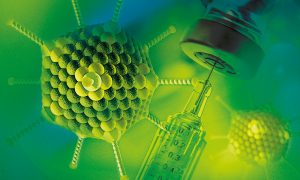
Science & Technology
The story of a life-long friendship and a professional partnership that sowed the seeds for a ground-breaking vaccine technology.
2020
alumniscience-technology
17 December 2020

Connections
December has seen the start of a new chapter in the collaboration that has for years marked the relationship between the European Commission (EC) and EMBL.
1 December 2020
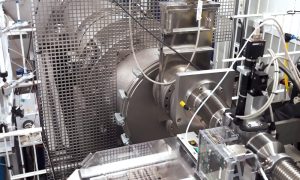
Science & Technology
Biotechnology company BioNTech and Johannes Gutenberg University Mainz conduct collaborative research with EMBL scientists at the beamline P12 in Hamburg
2020
sciencescience-technology
30 November 2020
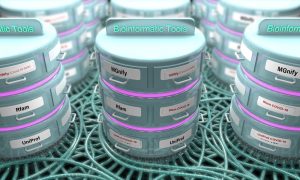
Science & Technology
Bioinformaticians at EMBL-EBI and beyond are adapting computational tools to investigate coronavirus genomes and proteins.
2020
sciencescience-technology
23 November 2020
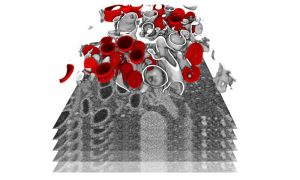
Science & Technology
Researchers have studied SARS-CoV-2 replication in cells and obtained detailed insights into the alterations induced in infected cells. This information is essential to guide the development of urgently needed therapeutic strategies for suppressing viral replication and induced pathology.
2020
sciencescience-technology
4 November 2020
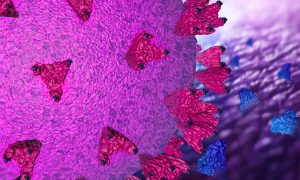
Science & Technology
By screening hundreds of sybodies (synthetic mini-antibodies), scientists have identified one that might stop SARS-CoV-2 from infecting human cells. This work, which holds promise for treating COVID-19, was conducted by EMBL Hamburg and collaborators from the Centre for Structural Systems Biology…
2020
sciencescience-technology
20 October 2020
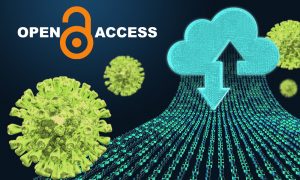
Science & Technology
Open access data benefits millions of scientists around the world and is essential for a rapid response to the COVID-19 pandemic.
2020
sciencescience-technology
15 October 2020
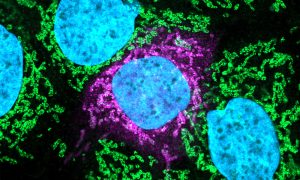
Science & Technology
Scientists from the Beltrao Group at EMBL-EBI and collaborators identified drug targets common to SARS-CoV-2, SARS-CoV-1, and MERS-CoV, three pathogenic coronaviruses. They also found potential drugs that could be repurposed as COVID-19 treatments, and against emerging coronavirus strains in the…
2020
sciencescience-technology
17 September 2020
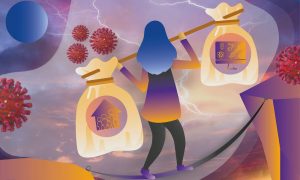
Lab Matters
The EMBL conference that explored direct and indirect impacts from the current pandemic on women in science allowed for information and story sharing both in the form of lectures but also via online platforms like Slack and social media that included Twitter.
26 August 2020

Science & Technology
More than 500 people have registered for an EMBL conference, "The impact of the COVID-19 crisis on women in science: Challenges and solutions." Scheduled for 9 September, the conference is free and open to all. Pre-registration is still available and required to attend.
2020
eventsscience-technology
18 August 2020
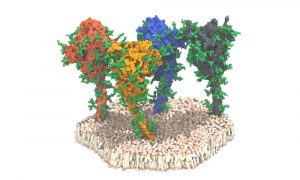
Science & Technology
Researchers studied the spike protein on the surface of the SARS-CoV-2 virus. With its spikes, the virus binds to human cells and infects them. The study gave surprising insights into the spike protein, including an unexpected freedom of movement and a protective coat to hide it from antibodies.
2020
sciencescience-technology
30 July 2020

Science & Technology
Europe PMC has begun indexing full-text COVID-19 preprints along with the associated data. The project aims to accelerate research to fight the SARS-CoV-2 virus.
2020
sciencescience-technology
8 July 2020

Science & Technology
The virtual EMBL Conference ‘SARS-CoV-2: Towards a New Era in Infection Research’ explored the importance of fundamental research, collaboration, and data science in containing the SARS-CoV-2 pandemic, and discussed opportunities to improve our response to pandemics in the future.
2020
eventsscience-technology
29 June 2020
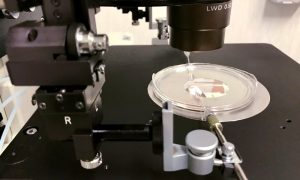
Science & Technology
To study how SARS-CoV-2 infects cells, the Gene Editing and Embryology Facility (GEEF) at EMBL Rome will generate mice that express a human version of a protein called ACE2. The mouse line will be shared with preclinical research collaborators carrying out vaccine and antibody trials, and with the…
2020
sciencescience-technology
29 June 2020
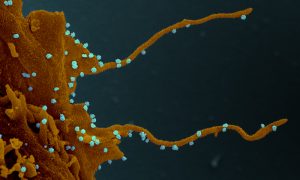
Science & Technology
Researchers evaluate how the new coronavirus rewires human proteins for its own replication, and identify several antiviral drugs ready for clinical trials
2020
sciencescience-technology
25 June 2020
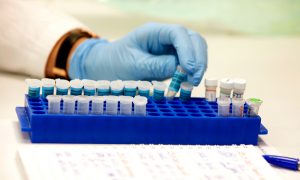
Science & Technology
EMBL scientists develop a new molecular tool to prevent SARS-CoV-2 infection in mice. This tool is able to cause targeted epigenetic modifications of specific genes in specific cell populations. They will use it in mice to target airway cells that express the ACE2 protein – the receptor that…
2020
sciencescience-technology
17 June 2020
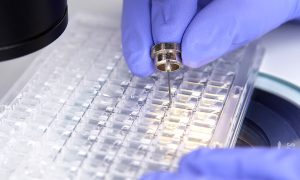
Science & Technology
While global research on coronaviruses has shed light on the function of many SARS-CoV-2 proteins, the role of some crucial components remains unknown. Researchers at EMBL Grenoble will use a range of structural biology methods to try to solve some of the puzzles of the molecular mechanics of…
2020
sciencescience-technology
16 June 2020
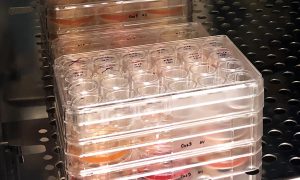
Science & Technology
Scientists at EMBL and Heidelberg University Hospital are studying how the novel coronavirus behaves in the gut to try to better understand its epidemiology and prevent its spread. To do this, they are combining advanced imaging and sequencing technologies to study coronavirus in human intestinal…
2020
sciencescience-technology
15 June 2020

EMBL Announcements
The emergence of previously unknown pathogens, such as the novel coronavirus SARS-CoV-2, raises many questions. To explore these questions in an international scientific forum, EMBL will host the virtual conference ‘SARS-CoV-2: Towards a New Era in Infection Research’ on 3 July. Invited…
2020
embl-announcementsevents
9 June 2020
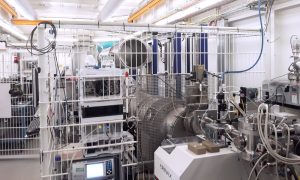
Science & Technology
EMBL researchers are studying COVID-19-related molecules by exposing them to high-brilliance X-ray beams. The Svergun group at EMBL Hamburg is using biological small-angle X-ray scattering (SAXS) as part of a global effort by scientists to elucidate the structural organisation of SARS-CoV-2…
2020
sciencescience-technology
27 May 2020
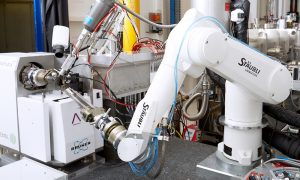
Connections
EMBL and the European Synchrotron Radiation Facility (ESRF) restart the activities of the Joint Structural Biology Group in Grenoble to support coronavirus-related projects. A new initiative will allow users to be granted access to the High-Throughput Crystallisation (HTX) lab at EMBL and to a…
26 May 2020

Science & Technology
EMBL scientists have performed a large-scale analysis of over 4700 SARS-CoV-2 genome sequences. They found that many of the most interesting changes in the SARS-CoV-2 genome that have been reported so far are likely to be technical artefacts, rather than biological mutations.
2020
sciencescience-technology
22 May 2020
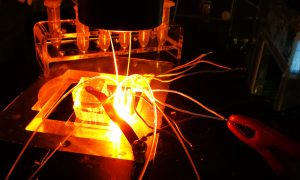
Science & Technology
Scientists hope that a legacy of the novel coronavirus in recovered COVID-19 patients – antibodies in their blood – could lead to drugs to treat others. The Merten group at EMBL Heidelberg has pivoted its microfluidics platform to support the search for neutralising antibodies that could…
2020
sciencescience-technology
13 May 2020
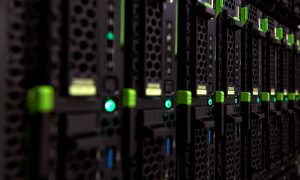
Science & Technology
EMBL scientists will contribute to the new German COVID-19 OMICS Initiative to study the biological mechanisms contributing to coronavirus infections. EMBL group leaders Jan Korbel and Oliver Stegle, who is also affiliated with the DKFZ Heidelberg, will coordinate the set-up of IT infrastructures…
2020
sciencescience-technology
11 May 2020
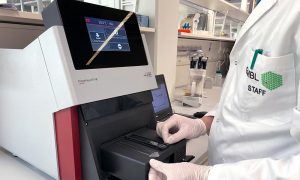
Science & Technology
The Sample Preparation and Characterisation Facility (SPC) at EMBL Hamburg reopens to support scientists working on Covid-19 research. The SPC Facility is one of the best equipped facilities in Europe is therefore in high demand from external users. Re-opening the facility also allows experts at…
2020
sciencescience-technology
5 May 2020
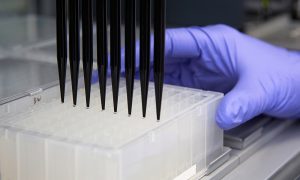
Science & Technology
By re-opening the High-Throughput Crystallisation (HTX) lab at EMBL Grenoble, EMBL is supporting structural biology projects to respond to the health threats posed by coronaviruses.
2020
sciencescience-technology
30 April 2020
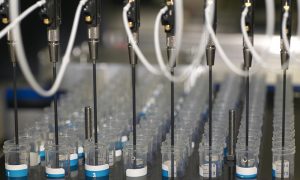
Science & Technology
The Marquez Team has restarted operations at the High-Throughput Crystallisation (HTX) lab at EMBL Grenoble. The team has developed a fully automated protein-to-structure pipeline, which can be operated remotely and provides virtual access to the facilities.
2020
sciencescience-technology
30 April 2020
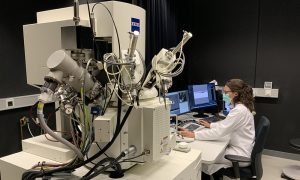
Science & Technology
EMBL electron microscopy specialists collaborate with researchers from Heidelberg University Hospital to understand the changes occurring in cell structures upon SARS-CoV-2 infection.
2020
sciencescience-technology
28 April 2020
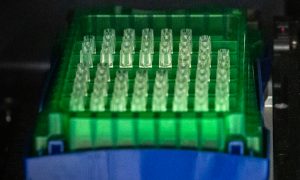
Science & Technology
Scientists at EMBL Hamburg and Karolinska Institutet Stockholm aim to find synthetic antibodies – known as nanobodies – that bind a surface protein of the novel SARS-CoV-2 coronavirus. Nanobodies could prevent the virus from entering human cells and causing COVID-19.
2020
sciencescience-technology
27 April 2020
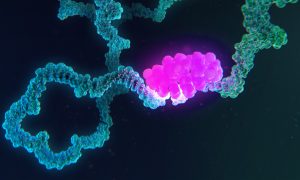
Science & Technology
EMBL scientists working in the groups of Matthias Hentze and Wolfgang Huber have created RBPbase – a database of RNA-binding proteins – to assist the identification of proteins that interact with the SARS-CoV-2 RNA genome.
2020
sciencescience-technology
24 April 2020

Science & Technology
In March 2020, planes were grounded, streets went quiet, and our lives changed forever. But while the world came to a halt, many scientists were ramping up their efforts to understand the new virus.
2020
sciencescience-technology
20 April 2020

Science & Technology
The new collaborative space will help scientists, public health and healthcare professionals around the world to fight the coronavirus pandemic.
2020
sciencescience-technology
17 April 2020
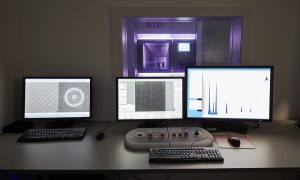
Connections
EMBL Heidelberg reopens the Cryo-Electron Microscopy Service Platform to support coronavirus structural biology research.
16 April 2020

Science & Technology
Scientists at EMBL Heidelberg are contributing their expertise in a community effort to develop large-scale testing methods for coronavirus. Their goal is to increase the capacity and speed of testing, which is crucial for containing the pandemic.
2020
sciencescience-technology
15 April 2020
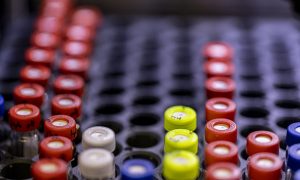
Science & Technology
EMBL researchers are studying how drugs that have shown good results against COVID-19 work in living cells
2020
sciencescience-technology
15 April 2020

Science & Technology
The Protein Expression and Purification Core Facility at EMBL Heidelberg will produce proteins for several coronavirus-related research projects, to assist the development of new strategies to fight the virus.
2020
sciencescience-technology
9 April 2020
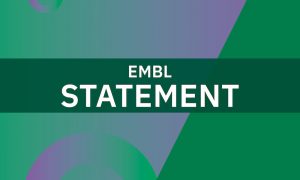
EMBL AnnouncementsLab Matters
EMBL Director General Edith Heard responds to the resignation of the President of the European Research Council (ERC)
2020
embl-announcementslab-matters
27 March 2020

Science & Technology
EMBL-EBI set to launch European COVID-19 Data Platform to help store, share, and analyse research data linked to the COVID-19 pandemic.
2020
sciencescience-technology
No matching posts found






































































